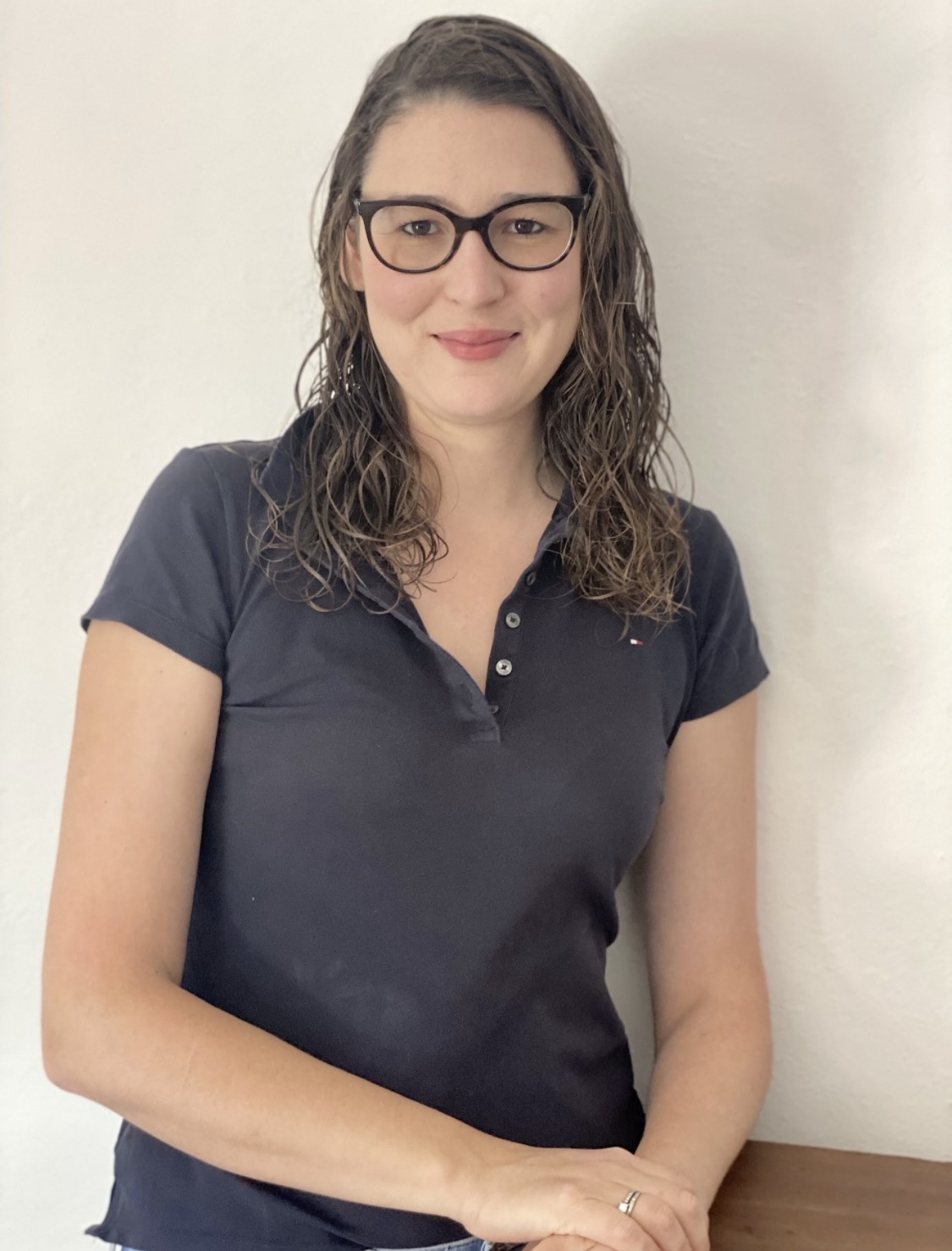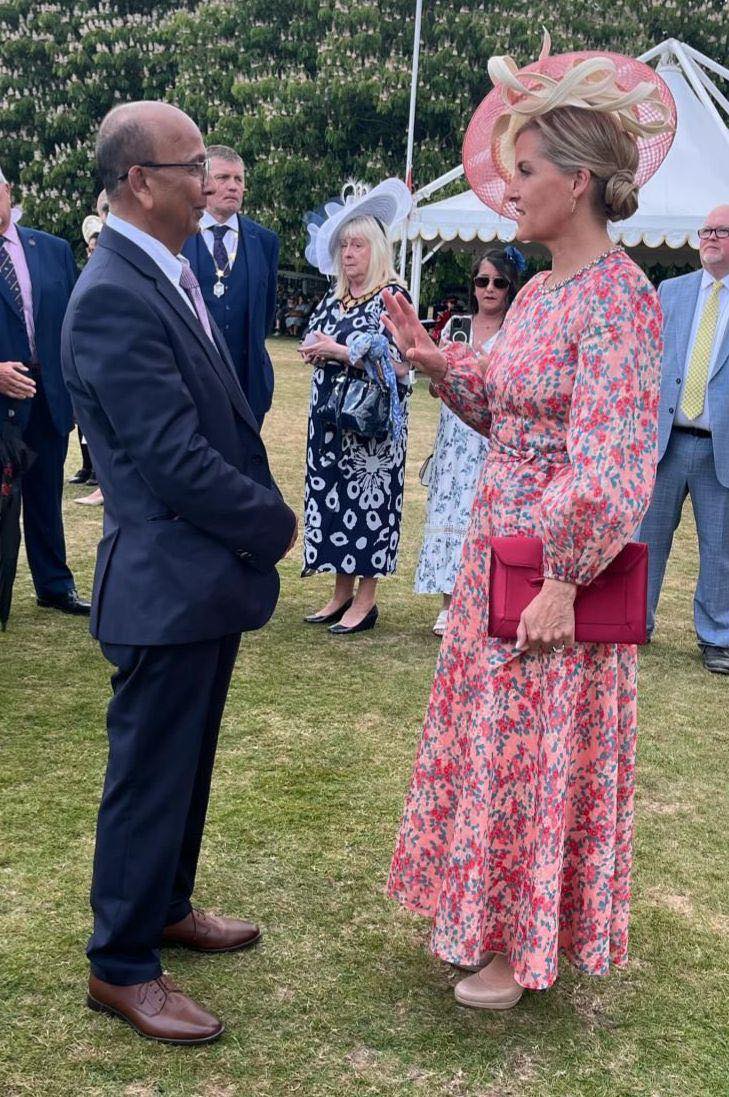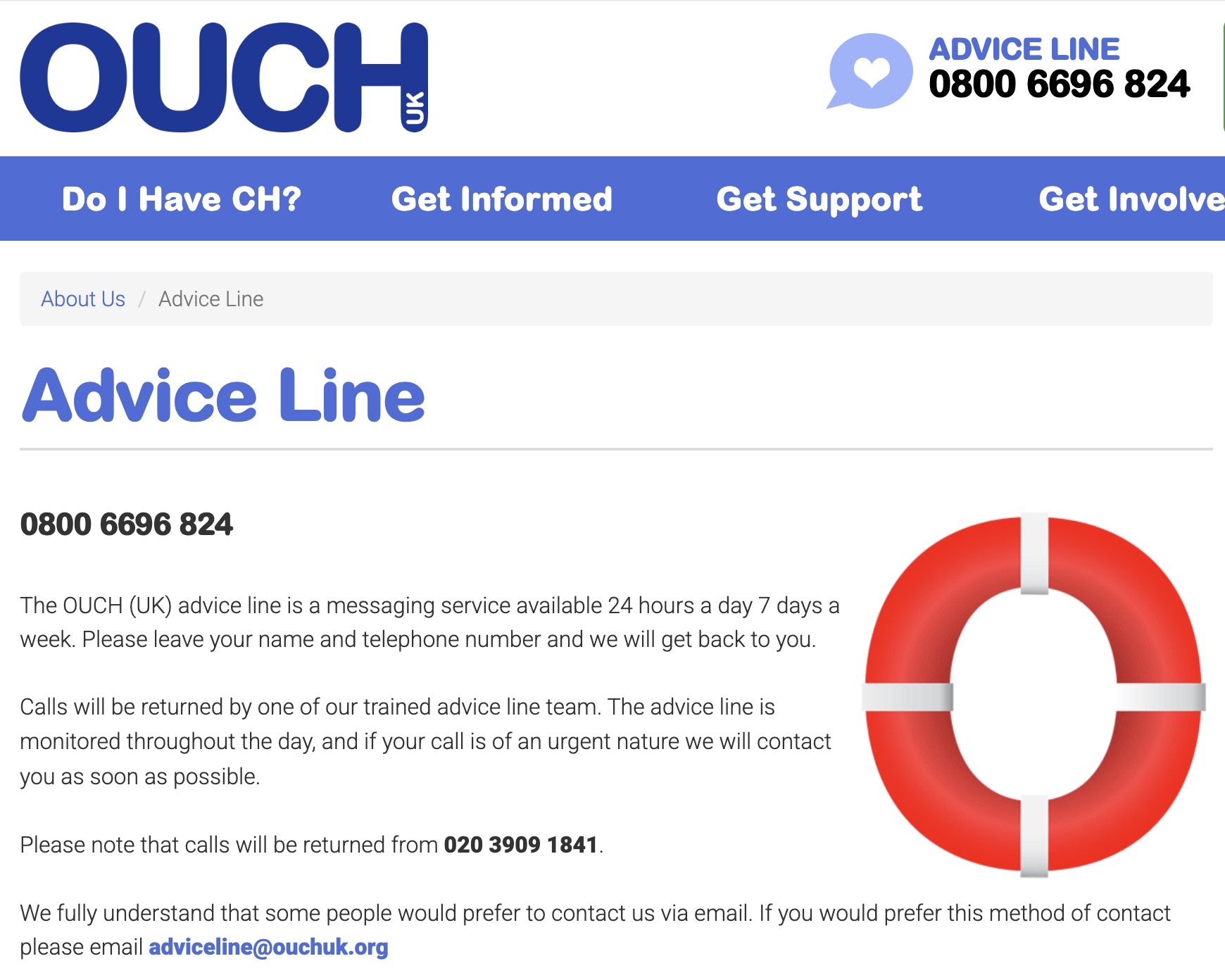Dr Lisa Rodolico explains how she strives to work with neurodiversity in the clinic and become a better neuro-affirmative clinician.
As a doctor at the National Migraine Centre, I’ve found that a significant portion of my patients are neurodivergent. Some have official diagnoses; others self-identify as neurodivergent. Regardless of how their neurodivergence is recognised, it plays a significant role in how I approach consultations.
Noticing when a shift in dynamics occurs
I begin consultations by introducing myself, explaining the structure of the session, and emphasising that it’s patient-centred and collaborative. Often from the very first open question, something we were taught since first days in medical school, I sense when a patient might be neurodivergent. —“Tell me what’s been happening”— is followed by a subtle, sometimes hard-to-define shift which I’ve come to recognise and welcome.
Spending time with neurodivergent individuals, both at home and at work, has made this dynamic feel familiar and comfortable. Often, the patient starts by asking for clarification about my question—I may have been too vague or ambiguous. When I’m slow to adapt, I notice their anxiety creeping in, as they worry about being misunderstood.
Understanding neurodivergence means recognising also the diversity within it. There is no “right” or “wrong” way to conduct a neurodivergent consultation because individual needs vary widely, even with the same person from one session to the next. This variability highlights the importance of flexibility and a patient-centred approach.
Exploring Neurodivergence
I never push the possibility of neurodivergence on someone who hasn’t considered it before, but many patients will admit, when asked, to have considered themselves neurodivergent for some time. I encourage them to explore this further. I explain that knowledge is power and understanding one's individual needs can be transformative. Often I am one of the first people to whom the patient has been able to express these thoughts so it is often accompanied by relief.
Neuro-Affirming Strategies in Practice
Here are some practices I use to ensure my consultations are as neuro-affirming as possible:
1. Open Communication
I’m honest with patients, encouraging them to let me know if they don’t understand something or might struggle with any of my suggestions. I want these to be helpful, not create additional stress. Lifestyle changes are often easier said than done, in both neurotypical and neurodivergent individuals. But in neurodivergent people, sensory needs, anxiety, the need for specific routines, or difficulty with routines, to name a few, can be challenging. Being open about this, allows me to adjust their plan to suit their needs. This creates trust, mutual respect, and reduces anxiety.
2. Providing Structure and Predictability
At the start, I outline the session’s structure (e.g., “First, we’ll talk about your symptoms, then discuss diagnosis, and finally review treatment options”). Periodically, I check in to ensure the patient feels comfortable and understands the process.
3. Adapting Communication Styles
I explain things in different ways, recognising that preferences vary. Some patients prefer imagery, while others find visualisation difficult. Tailoring my communication to their needs enhances clarity and reduces frustration.
4. Frequent Reassurance
Neurodivergent patients often worry about the amount of information they provide, and explaining themselves (often after a long history of being misunderstood). They may give prolonged and detailed accounts or jump from one train of thought to the next. Reassuring the patient getting or giving information can help communication. Discussing management plans and new medication, especially if previous ones have not been helpful, can provoke anxiety. Taking the time to acknowledge this and that the process can feel overwhelming is important .
5. Sensory Considerations
I try to minimise sensory triggers in the room, such as harsh lighting or noise. Giving a choice between in-person (when possible), video or phone consultation can also be helpful. Some patients may want to bring comfort items (e.g., fidget tools or headphones). I reassure them it’s okay to stim or move around during the session if that helps them self-regulate.
6. Flexible Appointment Structures
I offer longer appointments when necessary. My patients know they can request breaks if the session feels overwhelming. Sleep cycles may vary, and some may need appointments earlier or later in the day- this is not always easy to accommodate, but again, we try our best to be flexible.
7. Individualised Management Plans
Neurodivergent patients often face unique challenges, such as difficulties with organisation or maintaining a sleep cycle. Instead of trying to fit them into a neurotypical framework, I adapt treatment plans to meet their needs. For example, If a patient’s natural sleep pattern is from 2 a.m. to 12 p.m., I focus on consistency within that schedule rather than enforcing a societal norm. For patients who use screens as a self-soothing tool, I advise on safe screen-use practices, such as using specialised glasses or improving posture, rather than eliminating screens entirely.
8. Recognising Migraine Symptoms Beyond Pain
Some neurodivergent patients may struggle to recognise migraine symptoms until the pain becomes severe. We then try to identify other signs—such as mood changes, sensory shifts, or visual disturbances—so they can intervene earlier. If this remains difficult, involving supportive individuals who can help recognise early symptoms can be beneficial.
9. Supporting Emotional Regulation
Some consultation topics may cause dysregulation or anxiety. At the first signs of agitation or shut down, I share what I have noticed, give the patient time to recover, and then resume the consultation on possibly a related topic, whilst deferring the triggering topic. If the patient or I feel the triggering topic needs revisiting, I use scaffolding techniques and reassurance whilst gently trying again. I find co-regulation, which is a time when I actively and consciously stay calm during someone else’s distress whilst being supportive of that distress, very useful during their dysregulation.
10. Written and Visual Communication
I keep detailed consultation notes and provide written summaries of key points and next steps in plain language. Diagrams or visual aids to explain medical concepts can be helpful.
11. Strength-Based Approach
I make a point of acknowledging and celebrating patients’ strengths and coping strategies. For instance, noticing patterns in their migraine attacks or managing their environment effectively can be reframed as valuable skills, empowering them to feel more in control. When appropriate, I consider any special/passionate interest the individual may have, relating management plans and explanations back to that interest, to make sure the plan is relevant to them.
12. Feedback Loops
At the end of the consultation, I ask for feedback: “Was there anything about this session that didn’t work for you?” This not only ensures patients feel heard but also helps me improve for future consultations.
Conclusion
The cornerstone of neuro-affirmative care is working with the patient in front of you, rather than trying to fit them into a neurotypical mould. This approach may require adjustments to traditional management plans, but ultimately creates a more inclusive and effective care pathway. It’s a learning curve and a skill I work hard on improving- but may not always get right.
By embracing this philosophy, I aim to empower my neurodivergent patients to navigate their health challenges in a way that honours their individuality and fosters collaboration. Neuro-affirmative care is not just about managing symptoms—it’s about celebrating diversity and recognising the value of understanding and meeting each patient where they are.

Dr Lisa Rodolico
GPwER in Headache
National Migraine Centre
Florence, Italy
Editor's Note: you may find our Useful Links helpful for more information. Also have a look at the Neurodiversity Umbrella Project.



